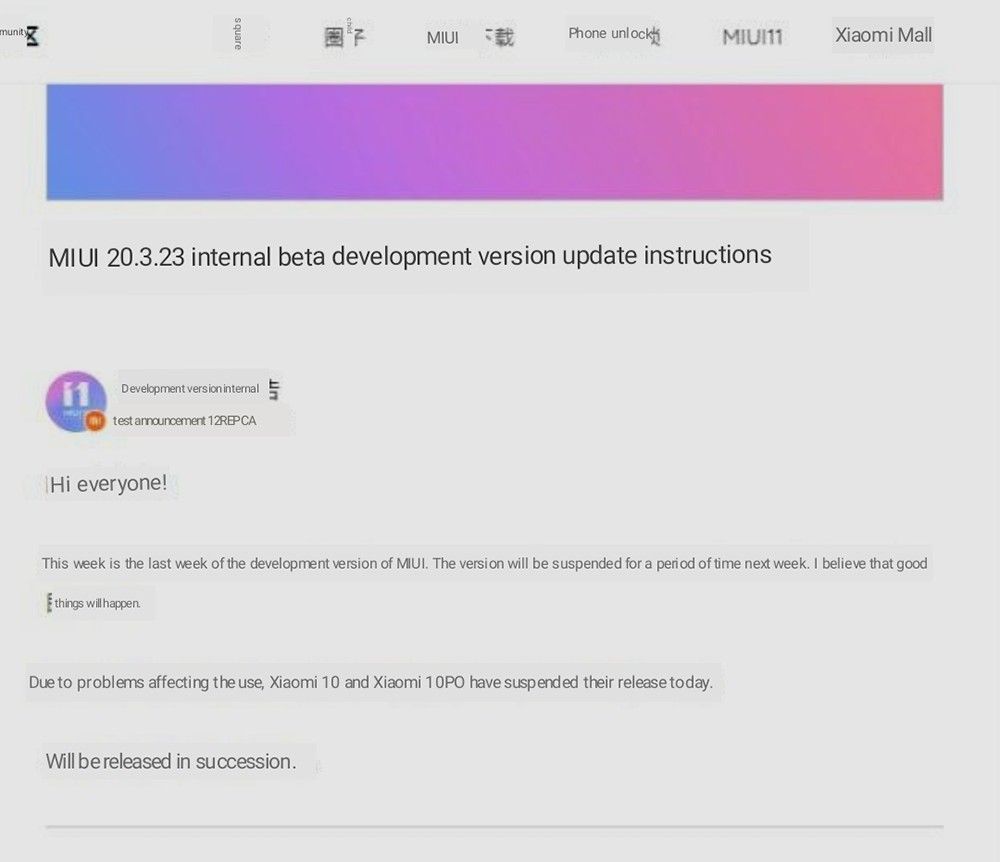Delivering monthly security patches on time seems to be a tough task for most Android OEMs, with the exception of the now-defunct Essential. Essential went head to head with Google in large part thanks to the near-stock version of Android running on the Essential Phone. Interestingly, a heavy skin might not necessarily be required for decent update frequency, as Realme is gradually becoming another noteworthy OEM caring for security updates, despite opting for ColorOS (or Realme UI in these days). The Realme 6 series recently received the March 2020 patches in the form of their first software update, and now the Realme 3, Realme 3i, and Realme 3 Pro are getting a similar treatment.
Realme 3 and Realme 3i
Launched alongside the Realme X, the Realme 3i is a slightly lesser powered variant of the original Realme 3. Due to the similarities between the two phones, they actually share a common firmware. The latest software version for the duo is tagged as RMX1821EX_11.A.26, which bumps the Android Security Patch Level (SPL) from January to March 2020 while bringing VoWiFi support for Jio and Airtel subscribers.
Download RMX1821EX_11.A.26 software update for the Realme 3 and Realme 3i
Realme 3 XDA Forums || Realme 3i XDA Forums
The changelog is noted below:
Changelog for the Realme 3/3i
- Security
- Android security patch: March, 2020
- System
- Fixed some known bugs, and improved system stability
- Network
- Added Airtel and Jio VoWiFi features
Realme is scheduled to push Realme UI based on Android 10 to the Realme 3 as well as the Realme 3i in April, but the COVID-19 outbreak might delay the rollout a bit.
Realme 3 Pro
The Pro variant of the Realme 3 picked up the Realme UI update on top of Android 10 during mid-January. The phone also received VoWiFi support earlier this month, and now it is getting March 2020 patches with a number of bug fixes via software version RMX1851EX_11.C.04. We have yet to capture the download link of this particular build, but you can find the complete changelog below.
Changelog for the Realme 3 Pro
- Security
- Android security patch: March, 2020
- Fixed
- Optimized the effect of game audio
- Fixed the probability error of boot animation display
- Fixed the low probabilistic stuck issue while using third-party applications
- Optimized system power consumption
- Fixed low probability stuck issue due to the memory leak of system
- Fixed the probability issue that photos or screenshots are not displayed after upgrading
Source: Realme Community (1, 2, 3)
The post Realme 3/3i and Realme 3 Pro get new updates with March 2020 security patches appeared first on xda-developers.
from xda-developers https://ift.tt/2WE10Pd
via IFTTT








 Postpone sale of
Postpone sale of 
